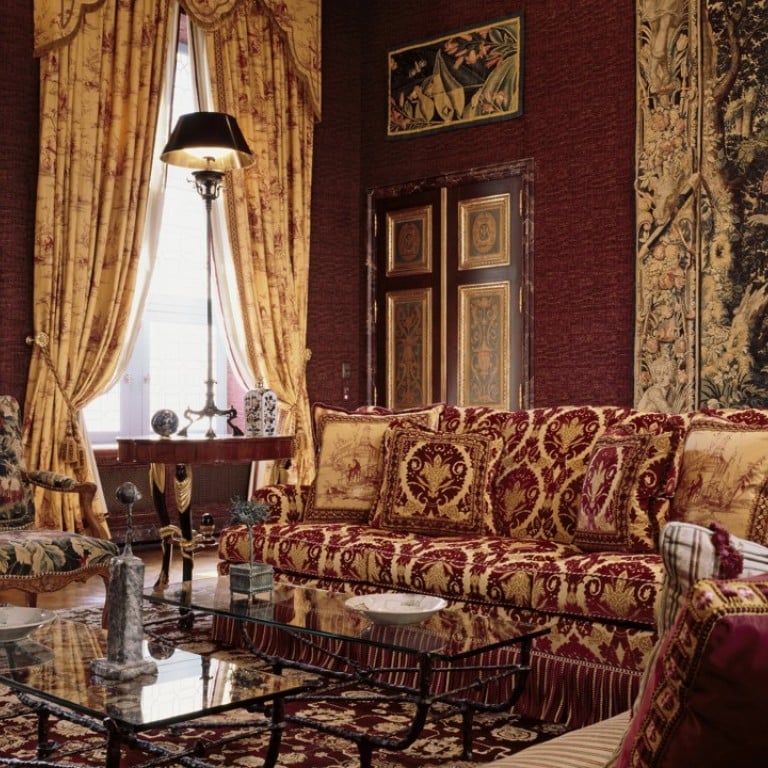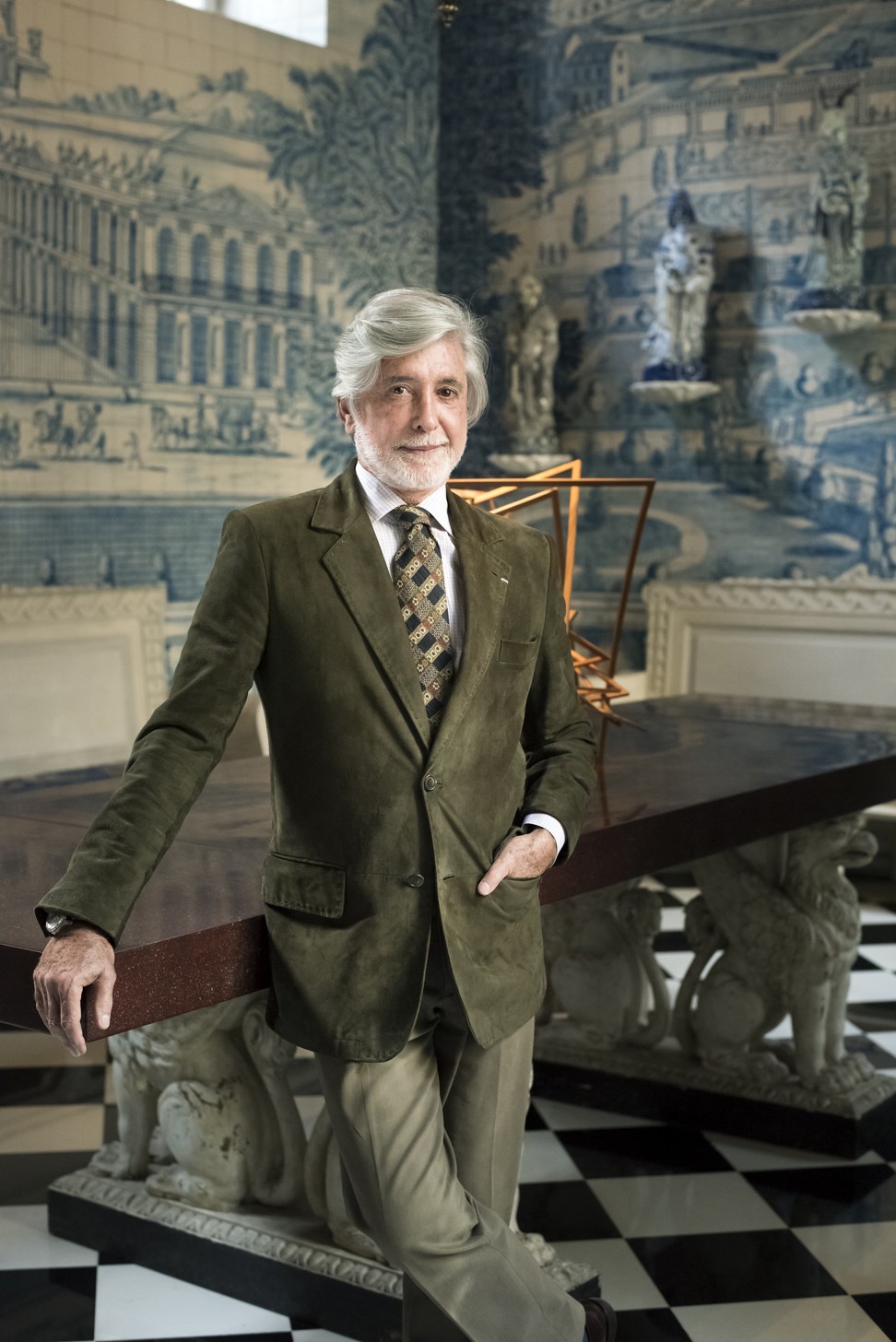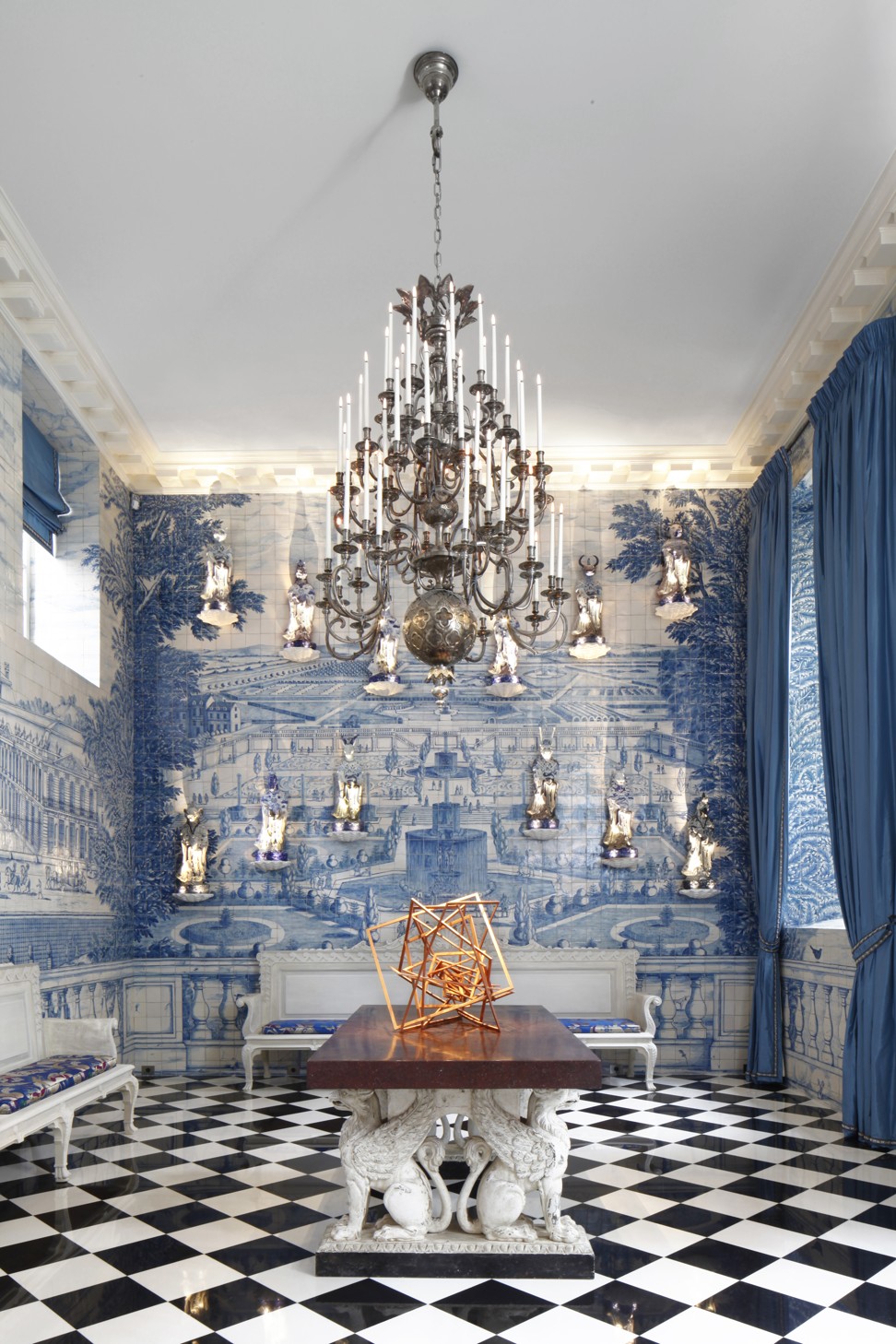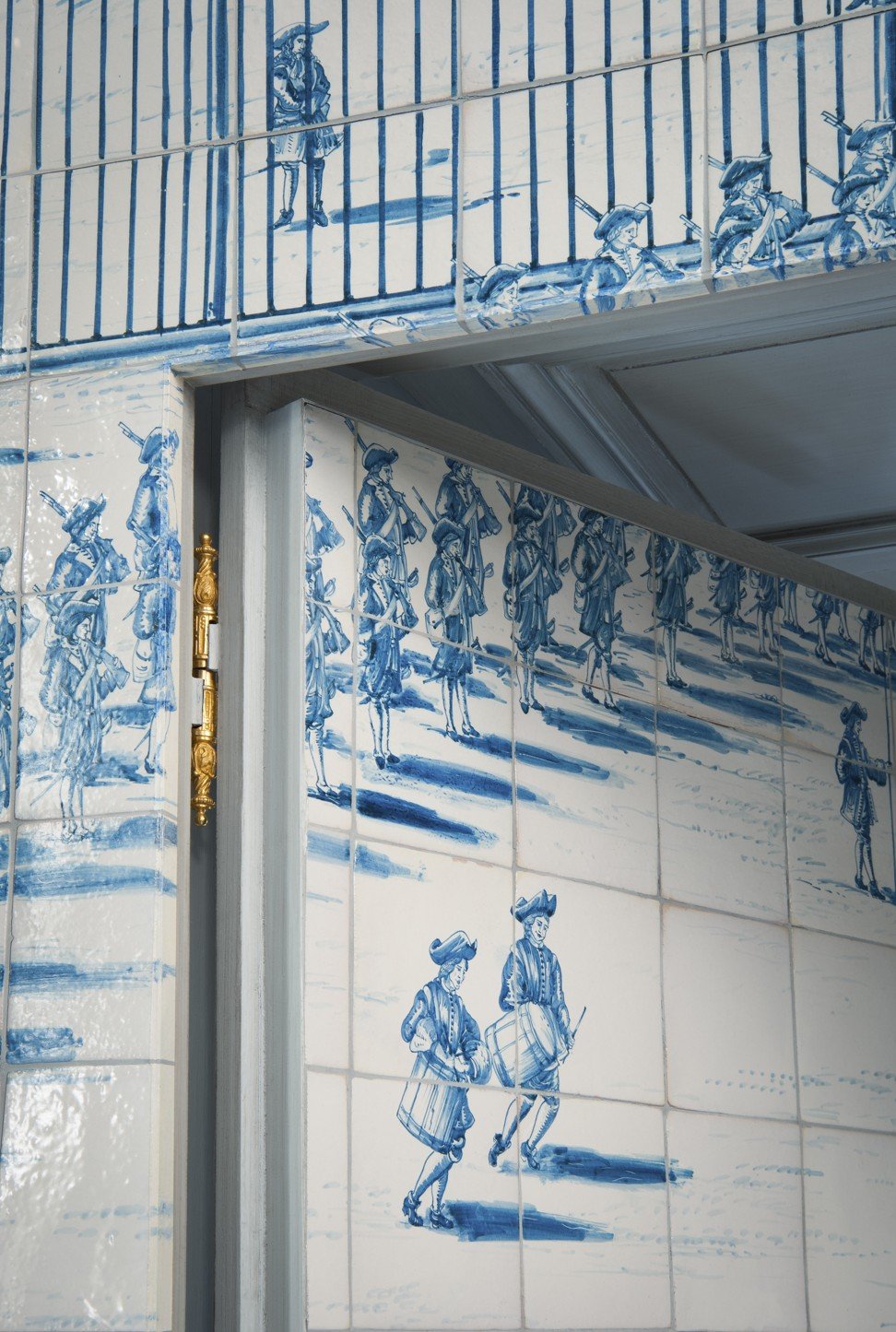
Minimalism has no soul, says designer and Renaissance man Juan Pablo Molyneux
The Paris-based Chilean designer explains the close relationship of the French and the Chinese and why the wealthy are brilliant
Do you like contemporary design? “What I don’t like is design that is bland or ‘grey’. It is soul destroying; like a plague of mediocrity. I studied architecture when I was very young but for many years after that I continued to study art history and landscape. I admire the Renaissance man as someone with a wide, global idea of life. When you put it all together you find you have a deeper perspective.”
Your 16th-century home in Paris is a tribute to your expertise in art and design. Is it frustrating working with clients who lack the same understanding? “No. The wonderful thing is that someone who has created wealth is usually brilliant and so they learn very quickly. They also have to deal with power so it is actually very easy to work with them. I see what we do as helping to upgrade other people’s lives: you go through a door and deal with us, then go out the other door with something better.”

Minimalist chic: a Hong Kong apartment shows how it’s done
“In the 18th century a person like me was called an ‘assemblier’ – that is what we do, we assemble interiors. It is a beautiful description because it reflects how we bring an intelligent approach and passion.”

A Hong Kong architect continues his love affair with minimalism
“In my own home, for instance, I have 16th-century Portuguese panels while at the Hôtel Claude Passart [in Paris], I restored the formal vestibule with six-metre-high walls entirely covered by thousands of hand-painted cobalt-blue ceramic tiles that depict scenes of historical vanished chateaux of Ile-de-France, Saint-Cloud, Marly and Liancourt.”

Tell us about your drawings. “I am proud to tell you that it is often difficult to know if it is a drawing or a rendering. I am very rigorous and disciplined, so spend time on the site or in the space to develop a clear image of what needs to be done. The next step is where my training comes in; where we come up with truly great ideas.”
You have offices in Paris and New York. Could Hong Kong be next? “I do think that people here are ready and interested in this sort of design. Hong Kong people travel a lot and they are exposed to many different things but I would never simply recreate a European interior in Hong Kong. I would enjoy adding a twist that reflects what is so exciting about the culture here.”

